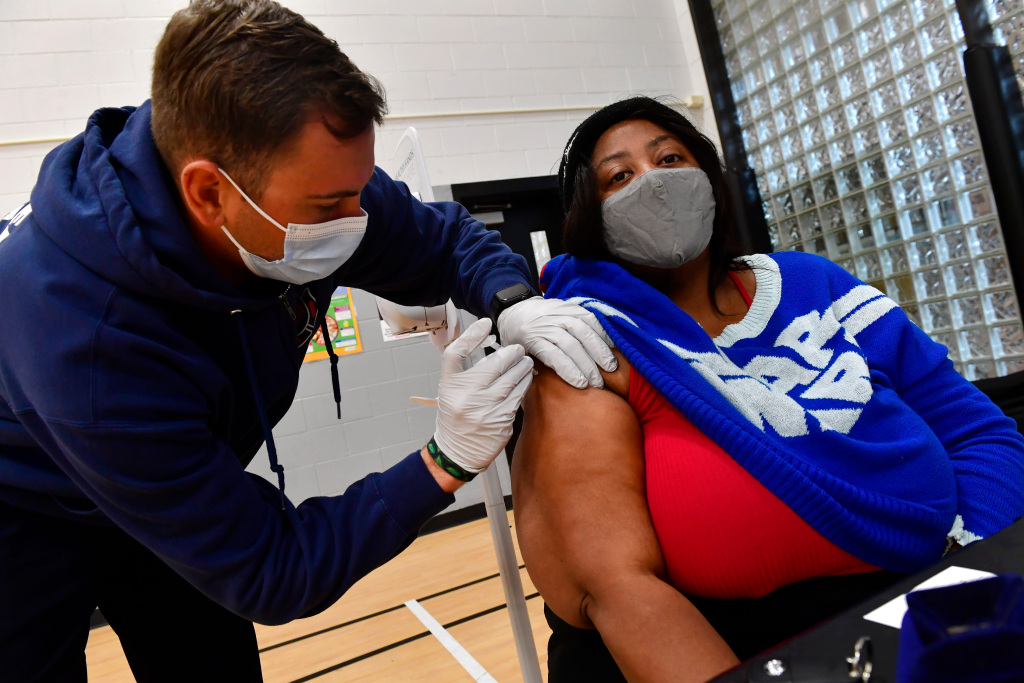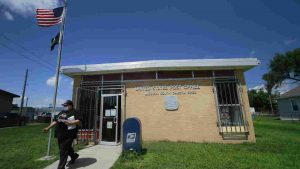Two weeks after Colorado retired its dial framework for setting COVID-19 restrictions across the state, the results are a mixed bag — even in counties that took a similar approach to public health guidelines.
The dial framework had tied a county’s level of openness to its level of coronavirus hospitalizations, the number of new cases compared to population, and the percentage of COVID-19 tests coming back positive. The Colorado Department of Public Health and Environment still collects and publishes that data, but counties aren’t required to act on it.
As of Friday afternoon, 33 counties had more new cases in the past week than they did in the week before the dial ended on April 16; 23 had fewer cases and eight had no change.
Colorado counties that kept more restrictions were more likely to see their cases remain stable or go down.
Notable exceptions include Douglas County, where cases fell despite repealing all local public health rules, and Pueblo County, where cases continued to increase even though the county remained in Level Yellow, which limits most businesses to 25% of capacity. Pueblo was the only county that opted to stay in Level Yellow.
It’s still a bit early to assess the impact of repealing the dial, though trends are starting to emerge, said Dr. Jon Samet, dean of the Colorado School of Public Health. Cases already were rising before the state left restrictions up to the counties, and it’s not surprising they’ve kept going up, he said.
“We were certainly in a general upswing,” he said.
Most of the Denver area elected to move to Level Blue, the second-loosest stage in the state’s old dial framework. New cases dropped in Denver, Boulder, Broomfield and Jefferson counties, but rose in Adams and Arapahoe counties. In Level Blue, most businesses are limited to 50% of capacity.
Over the last two weeks, the trajectory of new cases varied widely in Colorado’s largest counties:
- Denver, went to Level Blue, down 19.9%
- El Paso County, repealed local COVID-19 rules, up 11.2%
- Arapahoe County, Level Blue, up 4.2%
- Jefferson County, Level Blue, up 0.8%
- Adams County, Level Blue, up 7.3%
- Larimer County, Level Blue, down 3.5%
- Douglas County, repealed local rules, down 20%
- Boulder County, Level Blue, down 15.2%
- Weld County, repealed local rules, up 4.6%
- Pueblo County, Level Yellow, up 27.6%
It’s more difficult to see clear effects in smaller counties, where case counts have more random fluctuations, Samet said.
So far, there’s no clear connection between a county’s choices after the dial and its hospitalizations, but it can take a month after a policy change to see an effect in hospital numbers, because most people don’t become seriously ill until at least a week after infection.
Counties with higher percentages of tests coming back positive tended to have fewer restrictions, but most of the state still had a positivity rate below 5%, which is what experts advise.
Counties didn’t all start from the same position, though, which makes it more difficult to attribute all changes to whether they adopted local public health rules.
The Colorado School of Public Health’s latest regional report, released Tuesday, found infections were increasing in four regions of the state, decreasing in three and essentially flat in four in the week before the dial framework became advisory. Unsurprisingly, counties in parts of the state where infections were increasing — the Eastern Plains, the area south of Colorado Springs and the ski resort region — before the switch were more likely to see their case counts keep growing.
Other factors also could play in. There are no checkpoints to prevent visitors from more-restrictive counties from crossing to less-restrictive ones. People vary in their risk tolerance; some may not feel safe going to a bar, even if it’s allowed. And vaccination rates vary around the state, making crowds potentially more dangerous on the Eastern Plains than in ski towns or on the Western Slope.
Mobility data suggests people are spending more time away from home than they earlier in the pandemic, and have more social contacts — though not as many as they did in 2019, Samet said. But there’s no way of knowing how many of those broadening their social circles have been vaccinated, which would make contacts safer, he said.
Another factor that makes it difficult to untangle the effect of policy changes is whether counties were enforcing the rules when they were in place, Samet said. If businesses were hosting maskless crowds when it was prohibited, getting rid of those restrictions won’t make much difference.
“These are likely to be the counties where there was less compliance even before,” he said.
Subscribe to bi-weekly newsletter to get health news sent straight to your inbox.



















